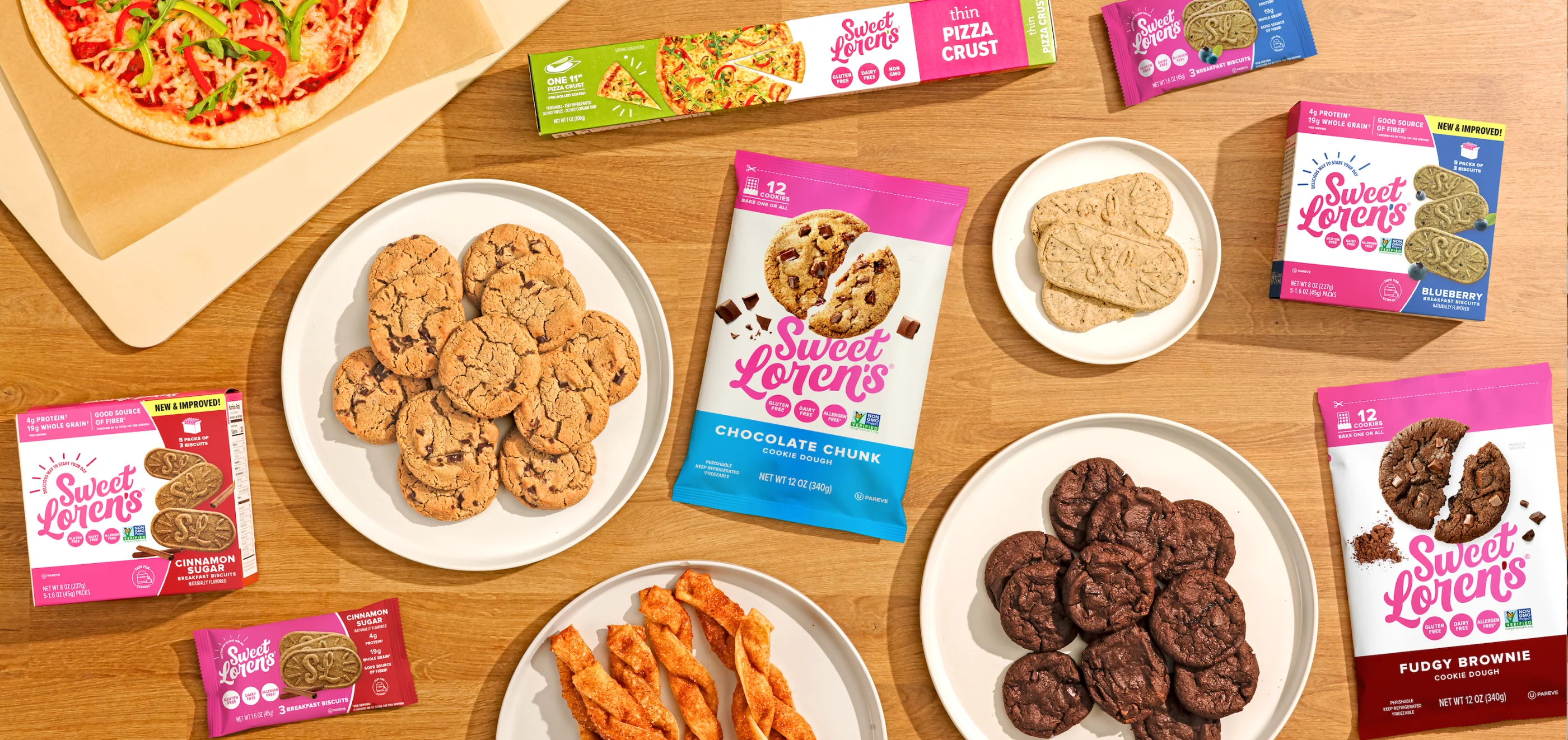By clicking “Accept”, you agree to the storing of cookies on your device to enhance site navigation, analyze site usage, and assist in our marketing efforts. View our Privacy Policy for more information.
5 Ways to Highlight Shipping for a Better Ecommerce User Experience
In the world of ecommerce, it is important to streamline the online shopping experience - from processing the shipping order to confirmation of the delivery, every stage of the shipping process affects conversion rate. In this blog post, we will provide five ways to optimize shipping on your e-commerce website.
Showcase shipping benefits in different places
Who doesn’t love free shipping? Shipping costs are one of the most important factors in influencing the customer’s shopping decision. According to Shopify, 75% of global shoppers consider shipping costs when they make an online purchase.
By displaying shipping benefits across your ecommerce site, such as next to the product descriptions or by the “Add to Cart” feature, companies can use this competitive advantage to appeal to customers and boost brand loyalty.

Everlane is a clothing brand dedicated to providing high-quality products at an affordable price. The company's unique offering of free shipping on orders over $75 is one of the many ways they drive retention rates. Not to mention, shoppers can add a free personalized gift message with their purchase.
In addition to free shipping, Blueland, an eco-friendly cleaning brand, entices customers with additional discounts. Rather than having to calculate how much they will save, the scale in the “Your Cart'' section serves as a visual guide for customers to see exactly how much they need to spend to reach the next tier of savings. Customers are encouraged to increase their AOV through a free shipping bar which tracks how many more dollars they need to spend to earn it.

Be upfront about shipping costs
Displaying different shipping options on the checkout page makes it easy for customers to decide what product or service to buy. Customers who want expedited shipping can see when it will be delivered, and how much it will cost them.
Nike, for example, sorts their shipping rates from cheapest to most expensive, with the fastest delivery dates at the bottom. If customers want their product shipped within three days, they can see that this option is available, as well as its cost.

Manage expectations for delivery time
Shipping focuses on convenience and choice. Many online stores are becoming more descriptive with their shipping options, such as adding the projected delivery date if ordered by a specific time or “1 day shipping” rather than calling it “standard” and “express”. Communicating shipping speeds with fast and affordable methods can help reduce shopping cart abandonment.

Apple provides a predetermined delivery date and pickup options. With a local pickup option, customers can input their zip code to find their local store for pickup, which saves retailers time and money on shipping.
Apple also provides a time frame advising customers to purchase at a certain time in order for their products to arrive sooner. If customers are unsure, they also have the option to “save” the item(s) to a wishlist and come back to it later. The wishlist strategy provides a seamless experience between the digital and real-world shopping journey.
Make Returns Convenient for Customers
If you’re looking to expand your ecommerce business, appealing to customers beyond your borders is a great approach, especially by offering free returns. Including free returns not only removes a layer of fear, but is a hallmark of a great customer experience.

Casper, an ecommerce brand that sells sleep products, has free shipping and free returns in the U.S and Canada. For other continental states, such as Hawaii or Alaska, as well as international customers, optimizing an ecommerce store can be much more involved – setting up different subdomains for each country ensures that the proper language, currency, taxes, address fields, and inventory is reflected.
Guaranteed Customer Satisfaction & Protection
On Etsy’s checkout page, the company provides a detailed breakdown and description of the shipping process. By mentioning the status of the seller and their response to the shipping process, it provides transparency and credibility for the customer.

To further provide peace of mind, Etsy offers a purchase protection program. Shoppers are guaranteed protection on eligible purchases, which showcases Etsy’s commitment to customer satisfaction. Etsy also demonstrates their efforts for sustainable shipping by noting that they offset carbon emissions from shipping and packaging on the selected purchase.
Conclusion
The ecommerce shopping experience doesn’t just end at the order confirmation' page – the experience extends to the moment the customer opens their package (and beyond, if free returns are involved). Providing a range of shipping choices leverages the tradeoff between timeline and price, reducing the chance of an abandoned cart.
Transparency and managing expectations are key factors to shipping. As designers, we can implement these takeaways to provide the best possible shipping experience and improve the overall UX of the ecommerce website.
To recap, these are the 5 UX considerations for shipping:
- Offer free or discounted shipping, either as a promotional offer or for orders above a certain amount. This can help improve customer satisfaction and encourage more sales.
- Offer a range of shipping options, including expedited and express shipping for customers who need their items quickly.
- Provide accurate and up-to-date tracking information for each order. This will allow customers to keep track of their packages and know when to expect them.
- Make returns more convenient for customers.
- Offer guaranteed protection on eligible items to ensure customer satisfaction.
What aspects of shipping do you care about most when shopping online?
Posted on
December 12, 2022
Interested in collaborating on a project?
Get StartedLatest Updates

Bringing a Cohesive Holiday Experience to the McCormick Shop
News

Anthony’s Goods Grows Revenue 22% With New Site and Media Strategy by Barrel and WITHIN
News

Inspiring Mealtime Creativity With Cabot’s New Recipe Experience
News

Implementing a Bold New Brand System for Sweet Loren’s
News

GEO: The Next Frontier for CPG Brands in the Age of AI Search
Insights

Fueling while on earth's Growth with Christian McCaffrey On Board
News

How We Leveraged User Testing to Redesign McCormick’s Recipe Experience
News

Khloud Expands Its Product Line With Single-Serve Popcorn Packs
News

.png)
